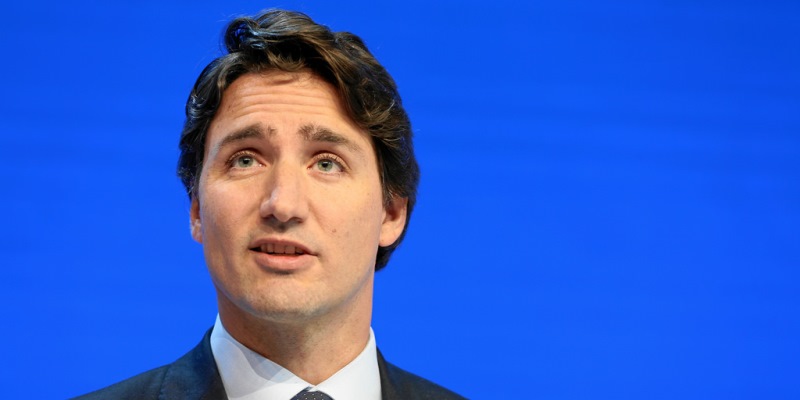Prime Minister Trudeau's rhetoric reveals deep misunderstanding of taxes

Last week in the House of Commons, in response to questions from the Opposition, Prime Minister Trudeau said low-income Canadians don’t benefit from tax reductions because they don’t pay taxes. This political rhetoric reveals a deep misunderstanding and indeed lack of basic knowledge of the country’s tax system and perhaps explains the ongoing confusion in the government about their tax relief record.
A central goal and often-repeated claim of this government is that it reduced income taxes for middle-class Canadians. This policy is exclusively rooted in the reduction of the second-lowest personal income tax rate from 22 to 20.5 per cent, which affects workers earning between $46,605 and $93,208.
As repeated analyses have demonstrated, though, the government’s other 2015 tax changes more than offset the tax rate reduction, resulting in most middle-class families now paying more—not less—federal taxes. Specifically, as part of the government’s first budget in 2015 in which the personal tax rate reduction was introduced, a number of tax credits were eliminated including the children’s fitness, public transit and income-splitting credits, which all acted to reduce people’s taxes if they were eligible.
But by eliminating these tax credits the government increased the effective tax burden on families that claimed such credits. A 2017 analysis found that 81 per cent of middle-class families faced higher income taxes once the elimination of the tax credits was included.
The government, however, continues to boast about its reduction in personal income taxes for middle-class Canadian families. To-date, most observers assumed this was simply political rhetoric. The prime minister’s recent comments, however, indicate it might actually be rooted in a lack of understanding of the tax system.
Another 2017 study examined the federal government’s tax changes and how they influenced the bottom 20 per cent of workers in Canada. This is a particularly troubling analysis since the income levels of this group mean they did not benefit from the middle-class tax cut but were exposed to potentially higher taxes from the elimination of the tax credits. Specifically, the analysis found that 61 per cent of Canadian families with children paid more federal income taxes after the federal changes. Put simply, not only do low-income families pay taxes, but they now pay more taxes than before this government’s reforms.
And these analyses do not include the tax increases for the Canada Pension Plan that began in 2019 and will continue for the next six years.
The government’s response, and the response of many advocates for the government, has been to change the goal from lower taxes so families retain more of their own income to a different goal where families are better off due to income transfers from Ottawa. This is a fundamental shift, since it moves away from people keeping more of their own income and the incentives imbedded in such a policy to where people are more dependent on transfers from other Canadians for their improved well-being.
The prime minister’s comments indicate he has a lack of understanding of Canada’s tax system, and more worrying, that he doesn’t understand the implications and effects of his own government’s tax changes. In reality, a majority of low-income and middle-class Canadians are paying higher taxes because of his government’s reforms.
Authors:
Subscribe to the Fraser Institute
Get the latest news from the Fraser Institute on the latest research studies, news and events.

